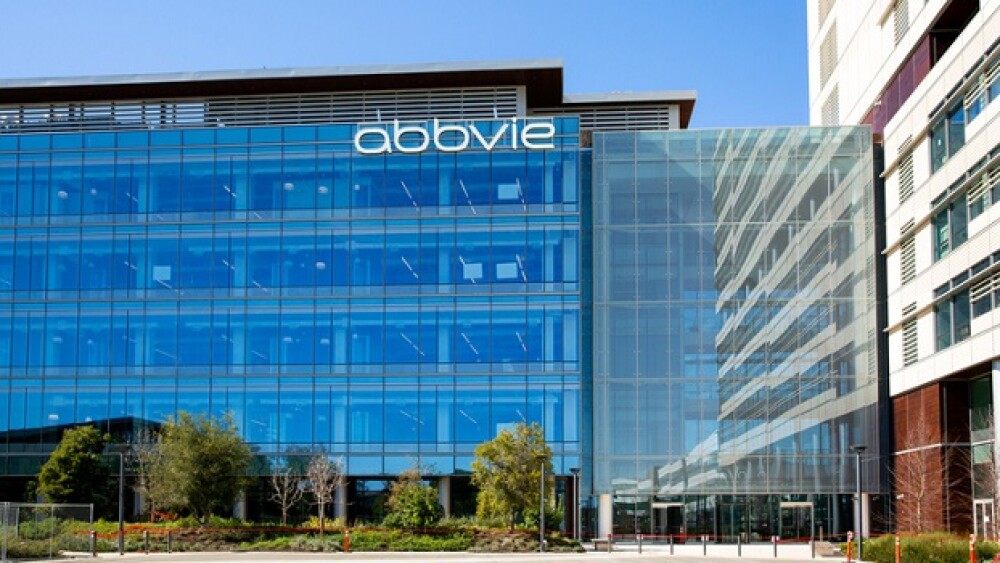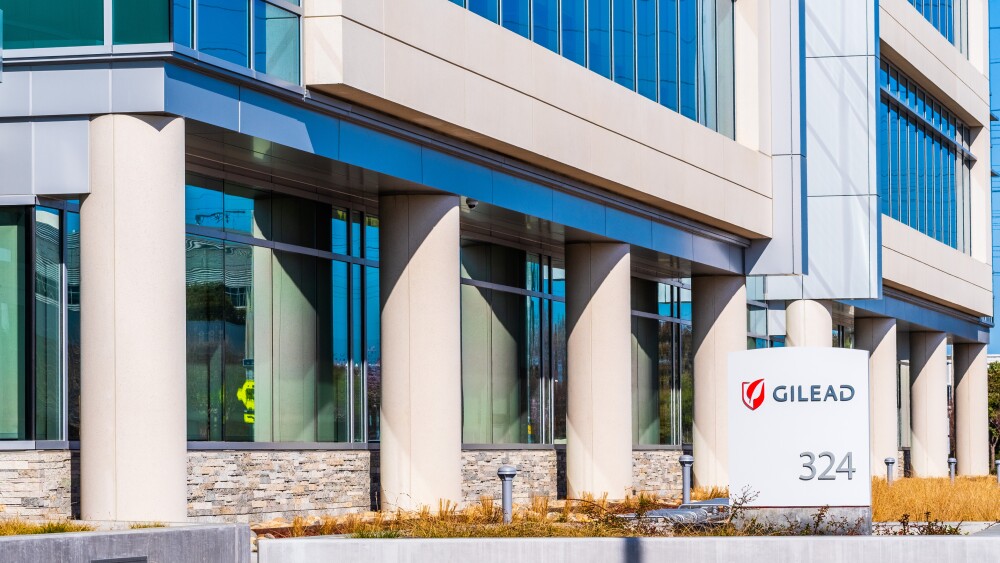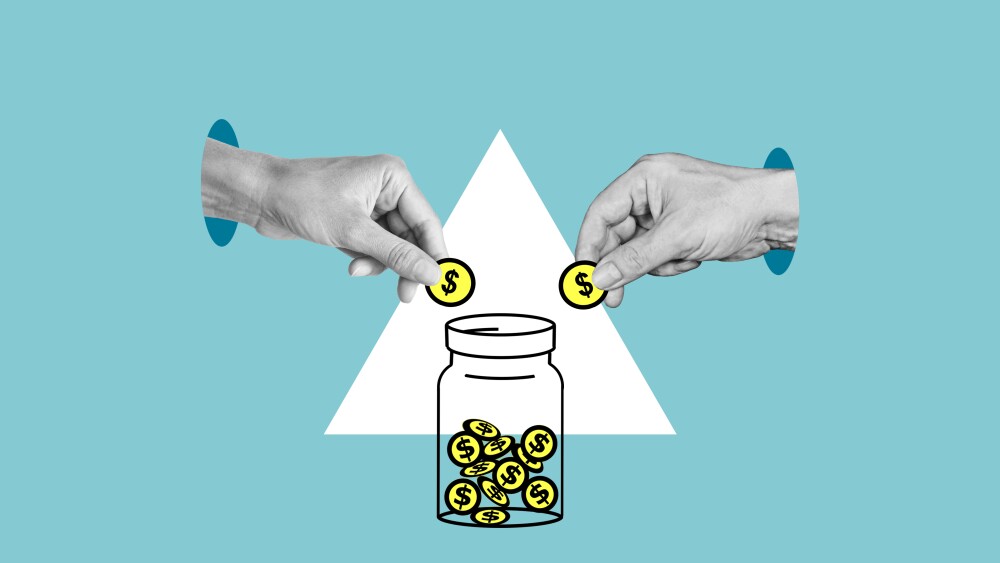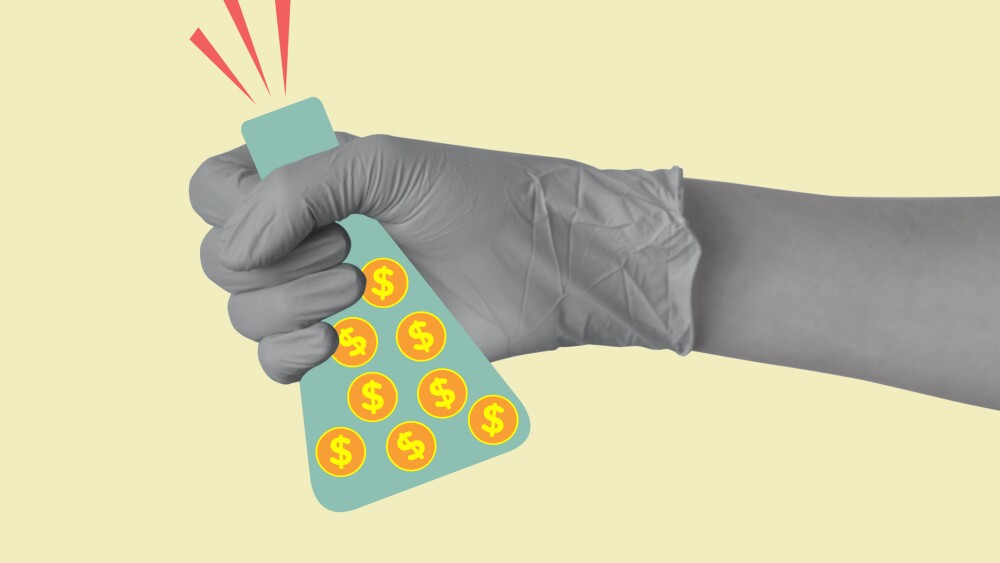SAN DIEGO, Aug. 10, 2016 /PRNewswire/ -- aTyr Pharma, Inc. (Nasdaq: LIFE), a biotherapeutics company engaged in the discovery and development of Physiocrine-based therapeutics to address severe, rare diseases, today announced operating results for the second quarter ended June 30, 2016.

"We continue to execute on our vision to bring innovative therapeutics to patients severely afflicted by rare diseases. During this last quarter, we made considerable progress toward that goal on three fronts: first, we advanced Resolaris in three distinct opportunities to help patients with rare myopathies with an immune component (RMIC)," said John Mendlein, PhD, Chief Executive Officer of aTyr Pharma. "Second, we further elucidated the mechanism of the Resokine pathway which includes affecting T-cell activation; and finally, we have advanced our second program, iMod.Fc, to cGMP manufacturing for GLP safety studies and are on track to have that candidate enter the clinic in 2017. We also want to thank the 35 facioscapulohumeral muscular dystrophy (FSHD) and 10 limb-girdle muscular dystrophy 2B (LGMD2B) patients that have participated or are participating in our clinical trials, as well as the physicians and investigators that make these studies possible across 14 global sites."
Recent Highlights and Upcoming Milestones
Following the encouraging results from our previously announced Phase 1b/2 trial of Resolaris in patients diagnosed with adult FSHD, our 002 trial, we continued to enroll patients across three ongoing clinical studies for three different types of rare myopathies with an immune component. The primary objectives of these studies are to establish a safety and tolerability database and to explore and establish activity signals, such as various functional endpoints and biomarkers, which will best inform our clinical development path forward, including endpoints for a Biologics License Application (BLA).
Highlights from our ongoing Resolaris program include:
- Early Onset FSHD (003) Trial Our Phase 1b/2 trial is enrolling patients diagnosed with early-onset FSHD, which is often the most severe form of FSHD. Patients entering the trial experienced onset of disease by the age 10, and the trial includes a Stage 1, with patients ages 16 to 25, and a Stage 2, with patients ages 12 to 15. We expect to announce data from the first four patients enrolled in Stage 1 in the fourth quarter of 2016.
- LGMD2B/FSHD (004) Trial Our Phase 1b/2 trial in adult patients diagnosed with either FSHD or LGMD2B completed enrollment ahead of schedule in May with 18 total patients (8 with FSHD and 10 with LGMD2B), exceeding our stated target enrollment of 16 patients. We expect to announce results in the fourth quarter of 2016.
- First Extension (005) Trial Our long-term extension study of Resolaris for our adult FSHD Phase 1b/2 trial (002) continues to dose patients that were eligible to roll over. We expect to announce an update from these patients in the fourth quarter of 2016.
- Second Extension (006) Trial During the quarter, we initiated a long-term extension study of adult FSHD, early-onset FSHD, and LGMD2B patients from our ongoing 003 and 004 trials.
Our scientists, clinical operations professionals, and clinicians continued to advance our science, protein manufacturing, and programs with recent highlights, including:
- Mechanism of Action The Resokine pathway includes interactions with activated T-cells. Our scientists continue to elucidate the role of the Resokine pathway in affecting the level of activation of T-cells by CD3 & CD28. Resolaris is a 56kD protein, with a naturally occurring sequence of amino acids, that harnesses the Resokine pathway and interacts with T-cells to 'place a brake' on T-cell activation.
- iMod.Fc Program iMod.Fc, our second product development candidate, comprises an Fc region of an antibody genetically engineered to a protein, derived from the Resokine pathway. Fc fusion proteins, such as iMod.Fc, include an additional antibody domain to enhance pharmacokinetic, or PK, and distribution characteristics. We plan to evaluate its therapeutic potential in patients with rare pulmonary diseases with an immune and/or fibrotic component. We continue to prepare for clinical trial initiation in 2017 by initiating large scale drug substance cGMP manufacturing.
- Natural History Study Collaboration We recently entered into a collaboration with The Cooperative International Neuromuscular Research Group on a longitudinal natural history study, comprised of 53 patients, to advance knowledge of early onset FSHD. We provide financial support to this study, which was initially implemented by the FSH Society, the FSHD Global Research Foundation and Muscular Dystrophy Canada.
- Expanding Leadership In May, we appointed Grove Matsuoka as Senior Vice President, Product Programs and Planning. Mr. Matsuoka's most recent role was Senior VP, Commercialization at CoDa Therapeutics, Inc. Prior to that, he worked in various positions at Amgen, Inc., most recently as Director, Medical Affairs, Strategic Planning and Operations, where he established and managed the strategic and operational function for the newly formed Medical Affairs organization. He was also Clinical Research Project Team Leader for an Fc Fusion Program while at Amgen.
- Robust Patent Estate We have recently been issued or allowed an additional 17 patents that are now part of an intellectual property estate comprising over 80 issued or allowed patents and over 230 pending patent applications that we own or exclusively license, including over 300 potential Physiocrine-based protein compositions.
Second Quarter 2016 Financial Results
Research and development expenses were $11.3 million and $7.5 million for the quarters ended June 30, 2016 and 2015, respectively. The increase of $3.8 million was due primarily to a $1.9 million increase in clinical and non-clinical development costs for Resolaris, a $0.8 million increase related to compensation expenses resulting from increased headcount in research and development functions, including $0.1 million in non-cash stock-based compensation, a $0.7 million increase related to cGMP manufacturing of Resolaris to support future clinical trials, and a $0.4 million increase in other pre-clinical development costs.
Sequentially, there was a $2.4 million decrease related to the cGMP manufacturing of Resolaris in the second quarter of 2016 versus the first quarter of 2016, as much of the investment required to supply future clinical trials was spent in the first quarter of 2016, partially offset by a $1.2 million increase in clinical and non-clinical development costs for Resolaris.
General and administrative expenses were $4.1 million and $3.4 million for the quarters ended June 30, 2016 and 2015, respectively. The increase of $0.7 million was due primarily to a $0.5 million increase in non-cash stock-based compensation and a $0.2 million increase in costs associated with being a public company.
First Half 2016 Financial Results
Research and development expenses were $23.3 million and $14.1 million for the six months ended June 30, 2016 and 2015, respectively. The increase of $9.2 million was due primarily to a $4.7 million increase related to cGMP manufacturing of Resolaris to support future clinical trials, a $3.5 million increase in clinical and non-clinical development costs for Resolaris, a $1.6 million increase related to compensation expenses resulting from increased headcount in research and development functions, including $0.3 million of non-cash stock-based compensation, and $0.7 million in other pre-clinical development costs. The increase was offset by a decrease related to a one-time $1.4 million non-cash expense for the assignment of certain intellectual property rights in the prior year period.
General and administrative expenses were $8.2 million and $5.7 million for the six months ended June 30, 2016 and 2015, respectively. The increase of $2.5 million was due primarily to a $1.8 million increase in personnel costs resulting from increased headcount inclusive of $1.0 million of non-cash stock-based compensation and a $0.6 million increase in costs associated with being a public company.
Financial Guidance
As of June 30, 2016, we had $96.6 million in cash, cash equivalents and investments and 23.7 million shares of common stock outstanding.
We currently expect that our cash, cash equivalents and investments will be sufficient to fund our anticipated operations into 2018.
To read full press release, please click here.




